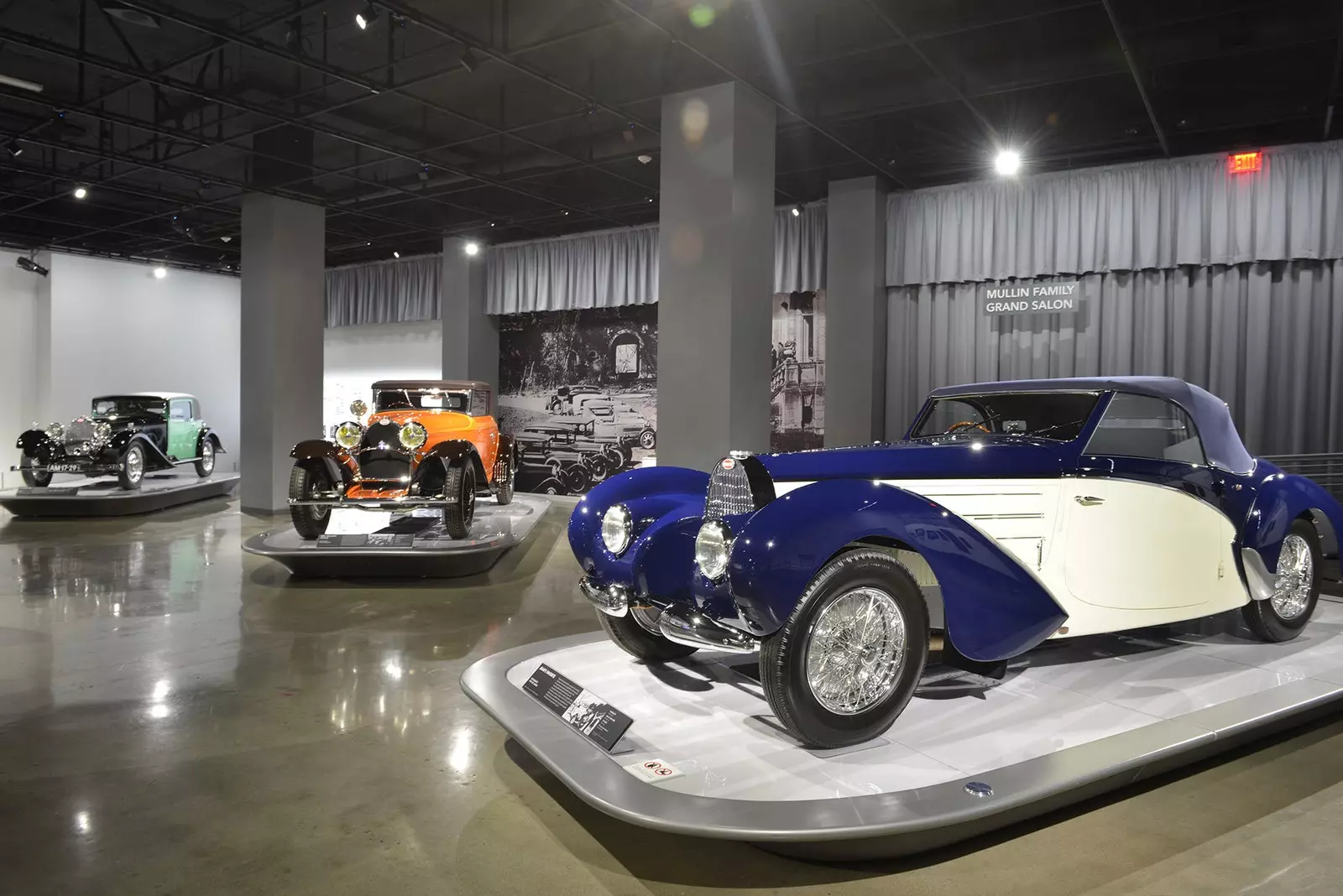
Exhibition at the Petersen Automotive Museum
Las Vegas, Indiana, Detroit, Riverside... In the last three years several spaces dedicated to exhibiting collectible vehicles have been forced to close their activity.
the fal rate of return, a somewhat obsolete model and the evolution of public interest are some of the causes.
If there's one country that professes absolute devotion to automotive history, it's **America,** the proud homeland of henry ford , who in the 19th century devised the production chains and at the beginning of the 20th century established the motor capital in the city of Detroit, currently in frank decline.
All that fascination for what smelled like fuel was translated some time later into a striking proliferation of museums dedicated to cars in general and to classic collectibles.
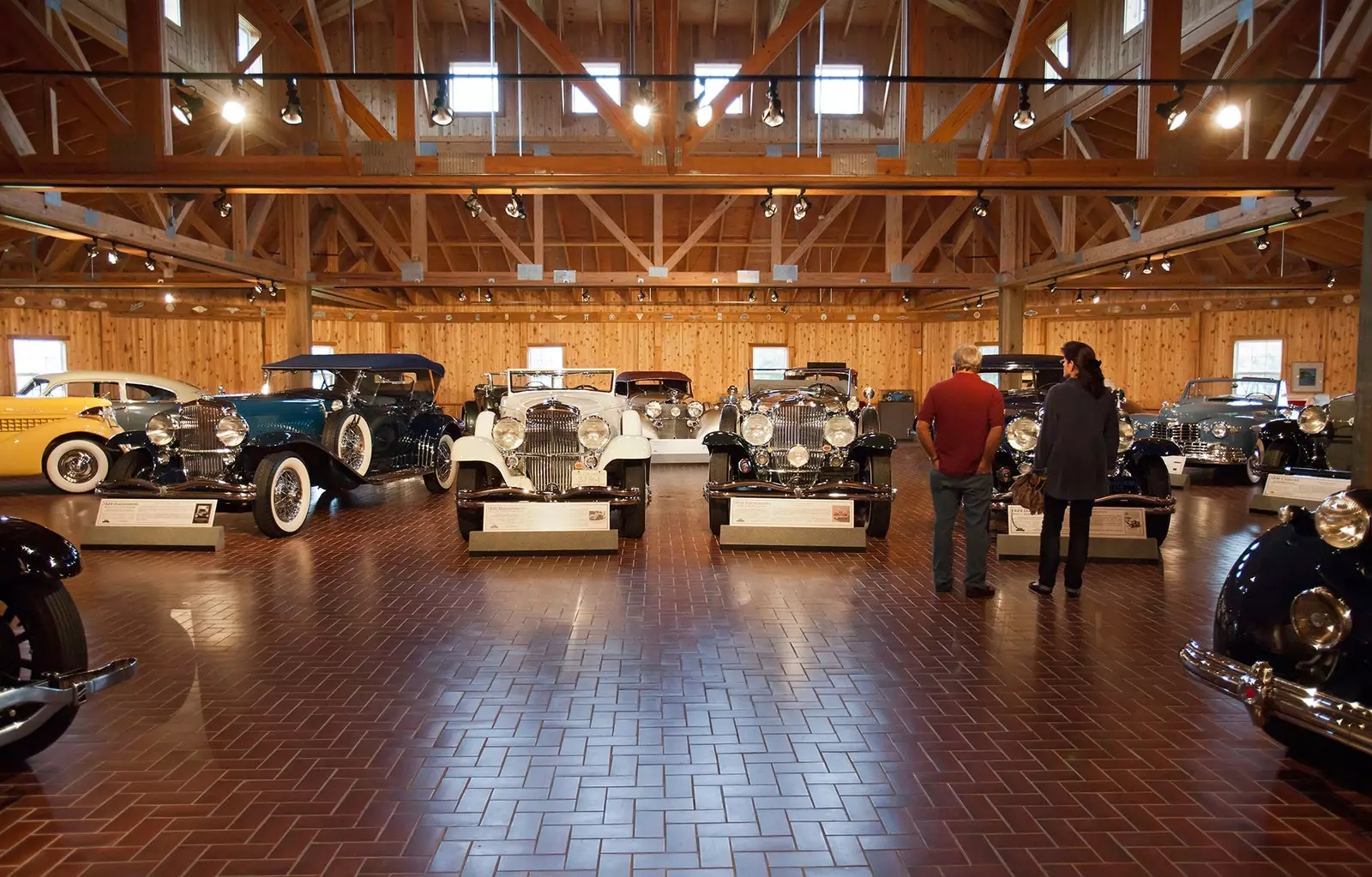
Visitors at the Gilmore Museum
These temples dedicated to four wheels lived moments of glory three decades ago and appeared throughout the country as an attractive and profitable business model.
Many car collectors decided share their pieces for the contemplation of the general public and they opened their own space on their own or temporarily ceded their jewels to a museum.
However, currently the bubble of car museums in the United States is not going through its best moment. For three years a good handful of them have been forced to close their doors overwhelmed by a manifest lack of profitability.
This is the case of the Hostetler's Hudson Museum in Indiana, the Auto Collections in Las Vegas, the Walter P. Chrysler in Detroit or the Riverside International in California.
The situation has been so devastating that some specialized media such as the Hemmings Daily have even predicted a debacle , inviting its readers that if they had a favorite museum, 2018 was the right year to visit it or, better yet, to make a good donation of money.
Car museums, like many other cultural institutions, rarely make a profit from ticket sales, but in the last three years those profits have plummeted.
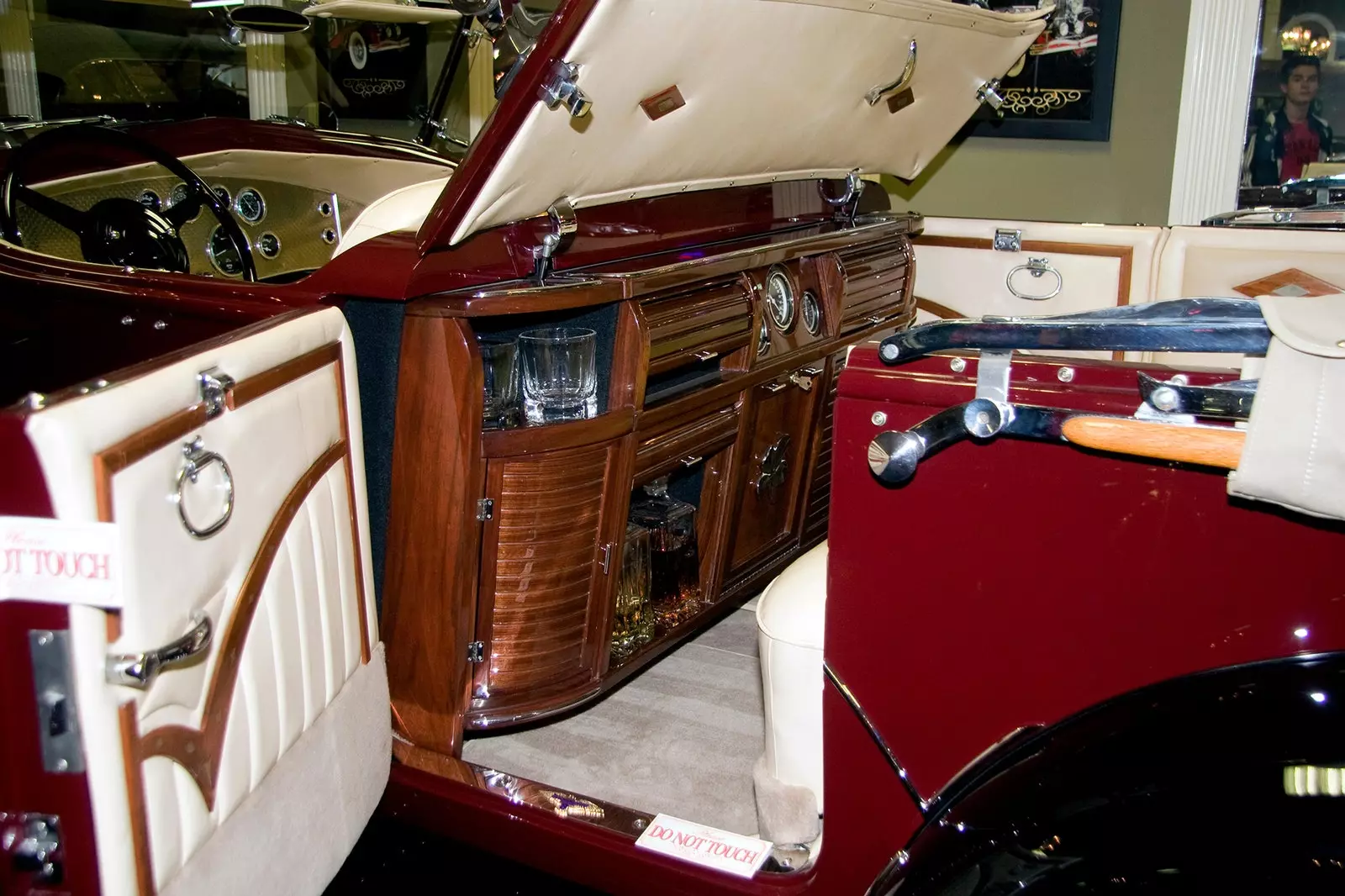
Interior of a classic car at the Volo Auto Museum
As a result of that steep decline, many collections that were opened to the public by wealthy owners as vanity projects or even tax schemes they are closing down as their benefactors get bored, fed up with losing money or die and their heirs decide to end the project.
We contacted **Matt Anderson, president of the National Association of Automobile Museums** in the United States to delve into the causes of this losing streak: "In a few years, a good number of car museums, even other types of museums, will close" , confirms Anderson in conversation from Michigan.
"Any museum based on the simple vision of its founder or its collection faces a challenge over time, especially if that founder is the key source of financial support. For any museum to survive in the long term, it needs a clear purpose, a revenue stream, and a sustainable endowment beyond the lifetime of its founder.".
Still, Matt Anderson doesn't see a disconnect from the younger generation. "I don't think at all that the new generations are losing interest in classic cars as has been suggested in some press reports."
"Car collectors and enthusiasts have always been a relatively small percentage of the population. In any case, I think the types of cars that young people are interested in are changing," Anderson reflects.
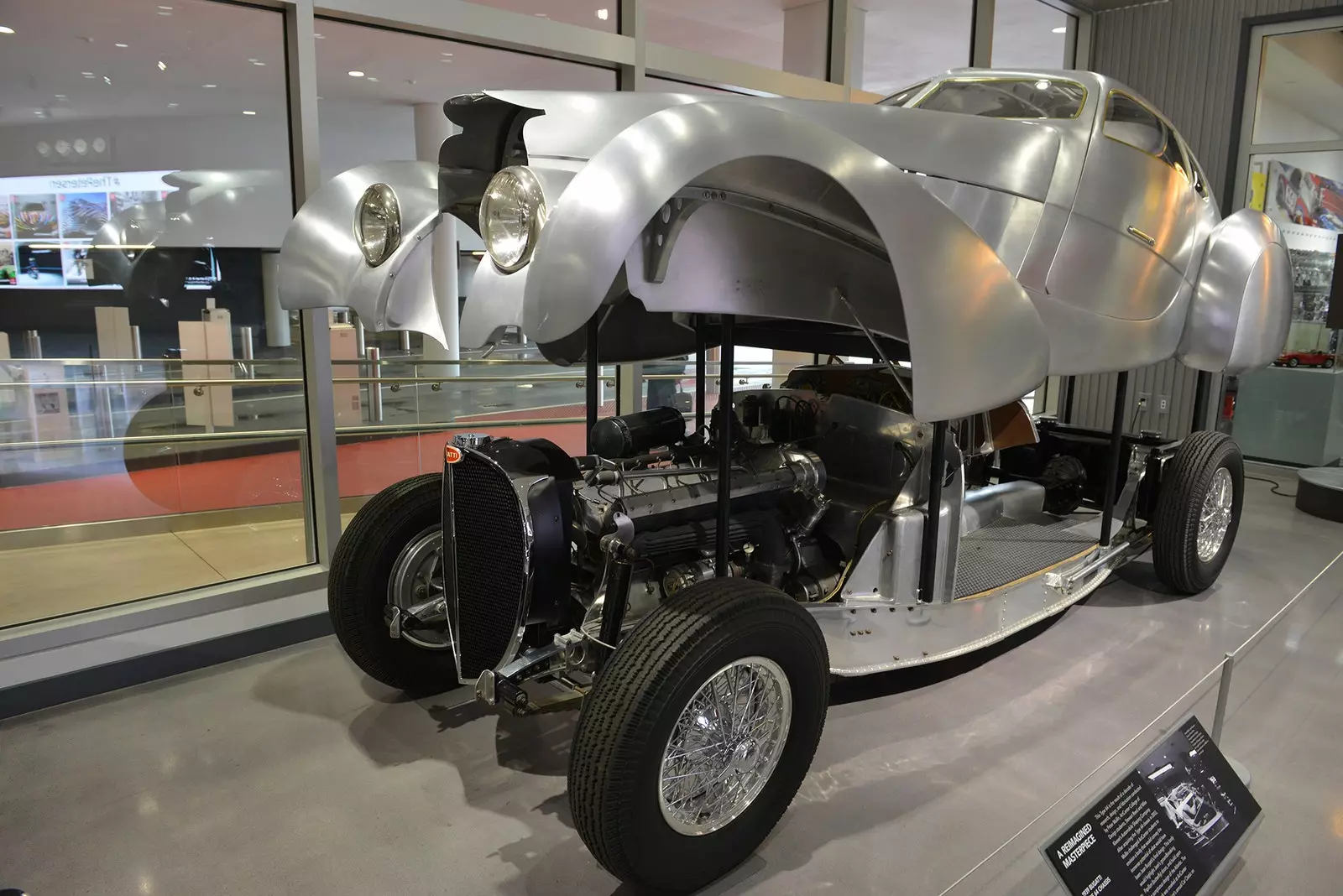
Historic cars, an ace in the hole
"Enthusiasts tend to praise vehicles that were in production when they were young. For baby boomers that means early Mustangs and late-'60s muscle-cars. For people in their 30s and 40s, it's Camaros and C4 Corvettes. It's just the natural evolution of the hobby."
Contrary to what might be supposed, new technologies work more as an ally that as an enemy for this type of institutions.
"The Internet, above all, has been a great complement for car museums. It allows us to increase audiences all over the world through websites and social networks. Digital catalogs give the public greater access to our collections. Networks like Facebook and Twitter allow us to interact with our visitors in unprecedented ways and allow us to check their reactions to our exhibitions and programs in real time," says Anderson.
Therefore, the president of the National Association of Automobile Museums prefers to talk about natural selection that of crisis in the sector.
"I'm not sure if I classify the current situation as a crisis. Car museums (and all museums in general) have to always be innovating and reinventing themselves to adapt to tastes and interests. Museums that remain flexible and willing to go where the people are (YouTube, Facebook and whatever comes next) will stay."
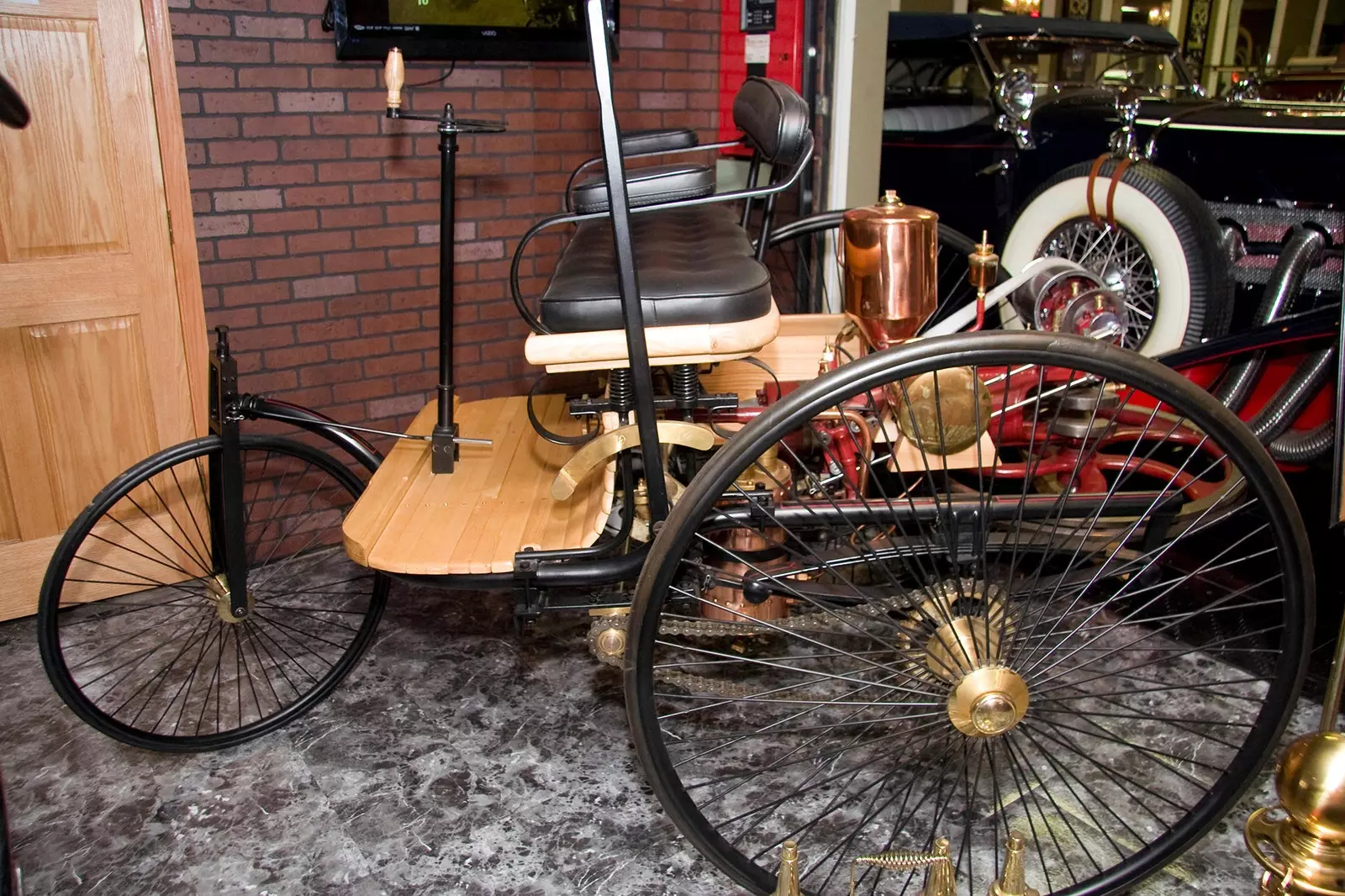
They will go to them in search of the 'primitive'
And, as Anderson says, "museums have the great advantage of being authentic experiences, places where people can experience real stories and real cars. Authenticity never goes out of style."
In that case, should they count on the help of public institutions to survive? Anderson is clear: "In its essence, museums are educational institutions and an educated population should be in the best interest of any democratic government. I think it's important for the government to support museums through grants at the local, state and federal levels and by promoting policies that exempt nonprofits from certain tax burdens."
And Matt Anderson ends the interview convinced of the continuity of this type of museum: "Some will close, others will open, but I am absolutely convinced that the car museum, as a genre in itself, will not disappear".
" There is a lot to talk about in autonomous vehicles. Above all, this will increase the interest about historic cars. Older people will come to remember the cars that were driven by hand in their youth, while younger people will come out of curiosity to see those 'primitive' machines."
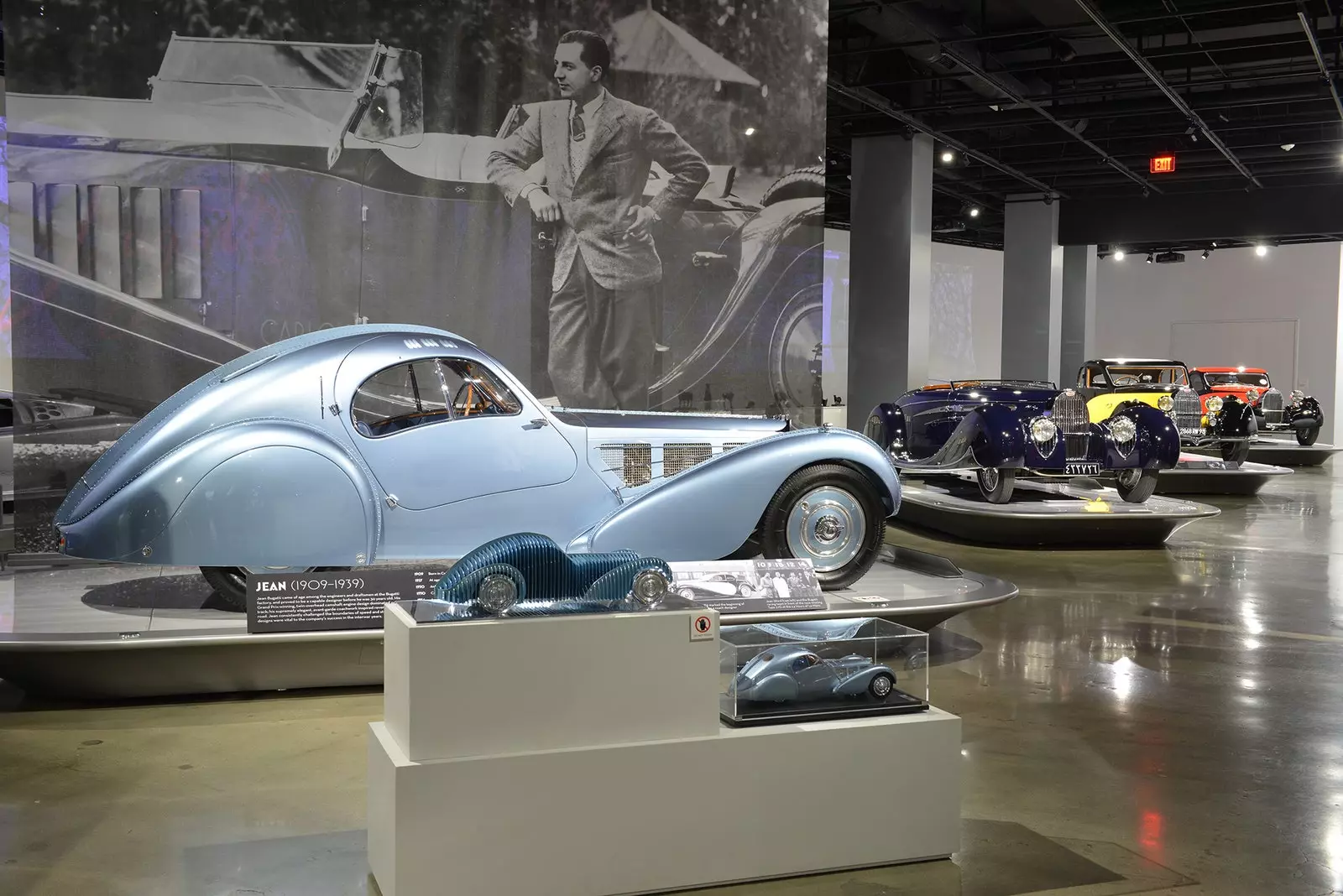
The saying 'renew or die' applies here
THOSE WHO STILL ENJOY GOOD HEALTH
Despite this worrying trend in recent years, the truth is that Others of these institutions continue to maintain good muscle and enjoy good health.
It is the case of Volo Auto Museum , in Chicago , which was inaugurated in 1960 in a huge farm by the gram family . Currently, it has 33 simultaneous exposures where they can be seen American vehicles from the 1950s to the 1980s and legendary cars from film and television , like the Bluesmobile from The Blues Brothers or KITT from Fantastic Ride.
Another notable case is that of the **Gilmore Museum, located in Hickory Corners (Michigan)**. It opened its doors in 1966, when Donald S. Gilmore decided to exhibit, at the suggestion of his wife, his extensive collection of cars, which included, for example, a 1913 Rolls Royce, a 1920 Pierce Arrow or a 1927 Ford Model T.
Nowadays, it is the largest car museum in the United States, with nearly 400 pieces on display throughout an extension of 36 hectares, distributed in different vintage constructions, such as a Silk City Diner from 1941 or a Shell service station from the 30s.
More recent in time is the Petersen Automotive Museum , erected in 1994 on **Wilshire Boulevard in Los Angeles** on what was once a department store designed by the American architect Welton Becket.
Three years ago the building was completely redesigned and currently has over 100 vehicles on display throughout its 25 galleries. Among its treasures it has Lightning McQueen from Cars, the Batmobile from Batman Returns, a Jaguar XKSS that belonged to Steve McQueen or a De Tomaso Pantera that was owned by Elvis Presley.
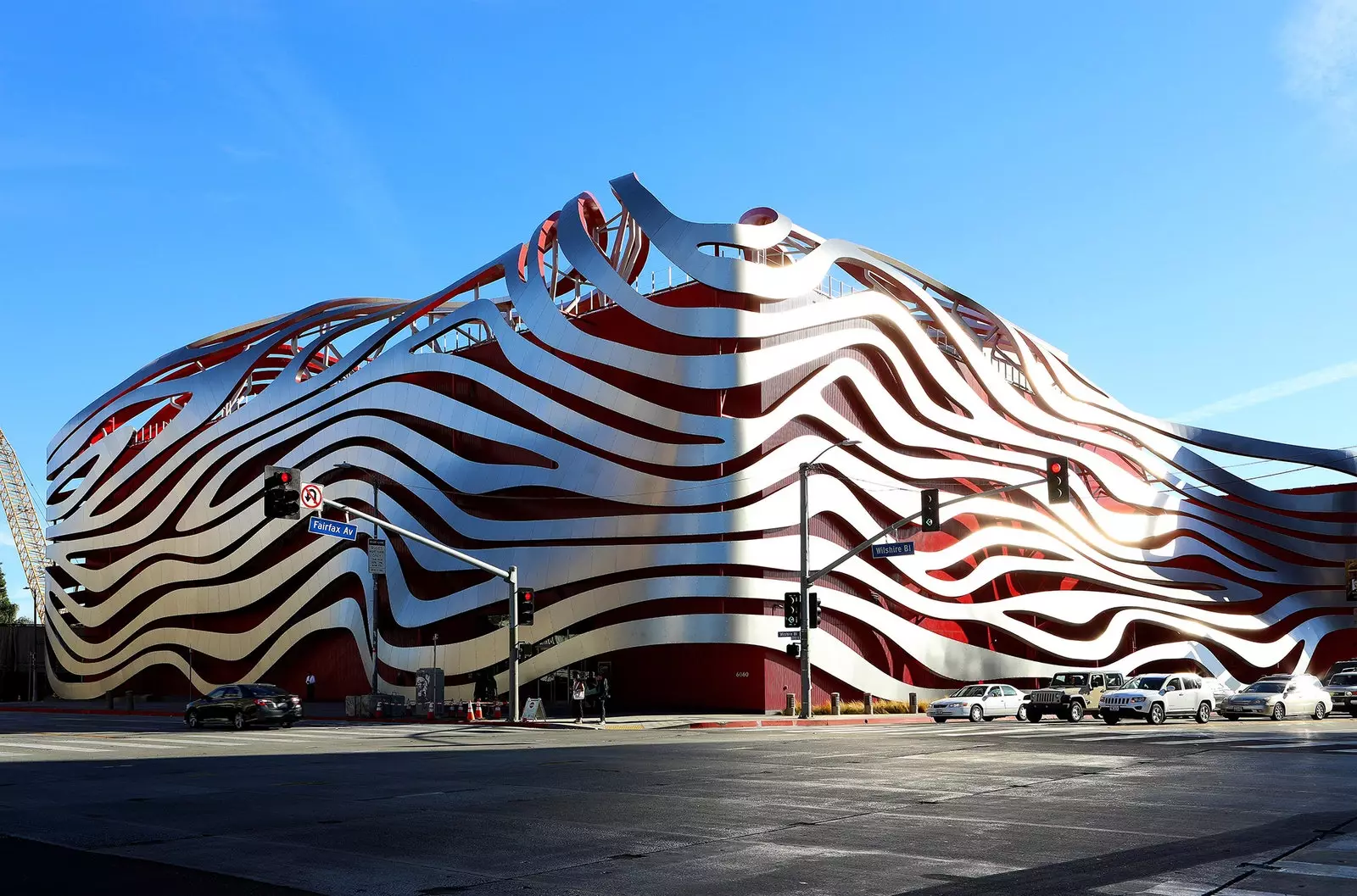
Exterior of the renovated Petersen Museum
One of the latest to join the long list is the Simeone Foundation Museum which opened in 2008 in Philadelphia. It is focused on racing cars and was conceived by retired neurosurgeon Frederick A. Simeone.
It consists of 65 cars in his permanent collection, in addition to other acquisitions for temporary exhibitions. Some of his most coveted examples are a 1958 Ferrari 250 Testa Rossa, a 1963 Chevrolet Corvette Grand Sport or a 1970 Porsche 917LH.
AND WHAT IN SPAIN?
In line with the data from the United States, we wanted to know why What is the situation of this type of institutions in Spain?
For this, we have contacted the RACE Foundation which has a collection of classic vehicles that it exposes to the public. Since that foundation they have declined to provide visit data due to being in "holiday period", although they did want to emphasize that "The RACE Foundation does not have a museum but a private collection, which is not the same".
Different is the case of Salamanca Automotive History Museum , whose exhibition center has remained and remains a relevant destination in the city, obtaining a constant growth and increasing year after year its number of visitors. In fact, from the 29,854 people who visited it in 2011, it has gone to 64,631 in 2017.
